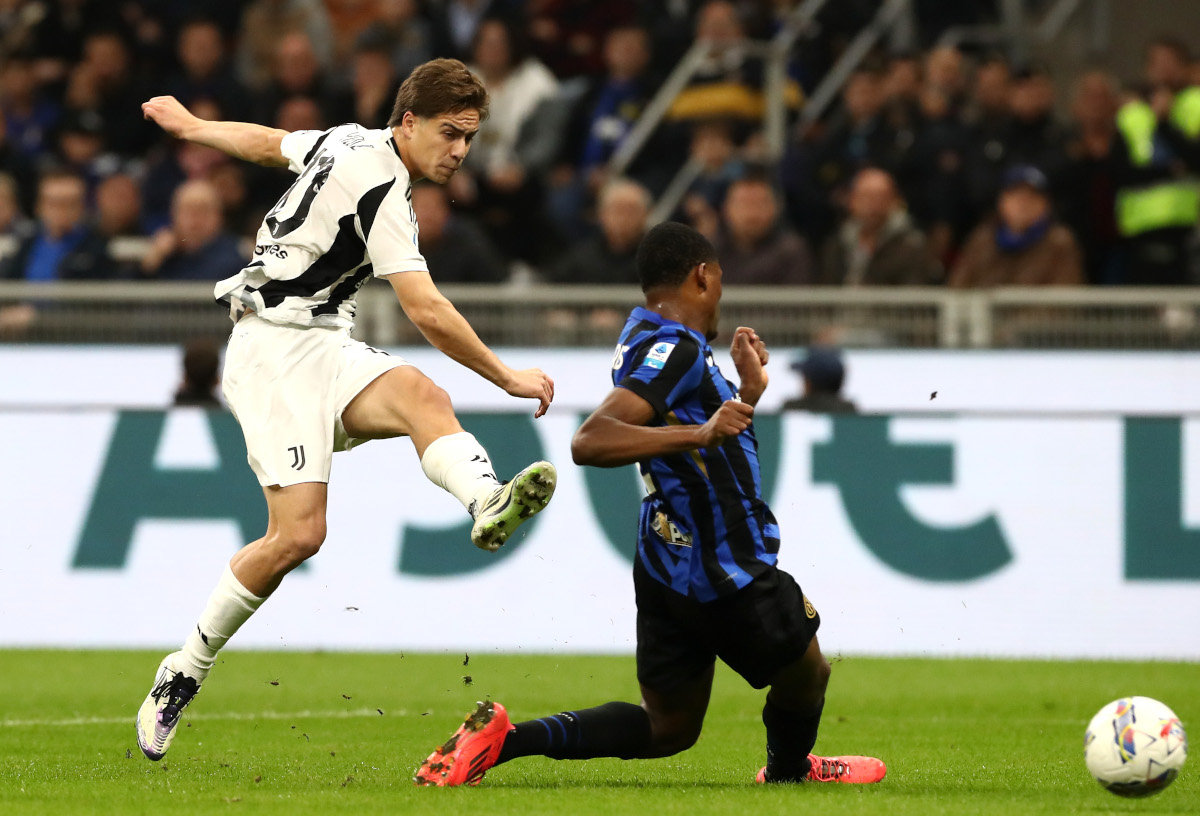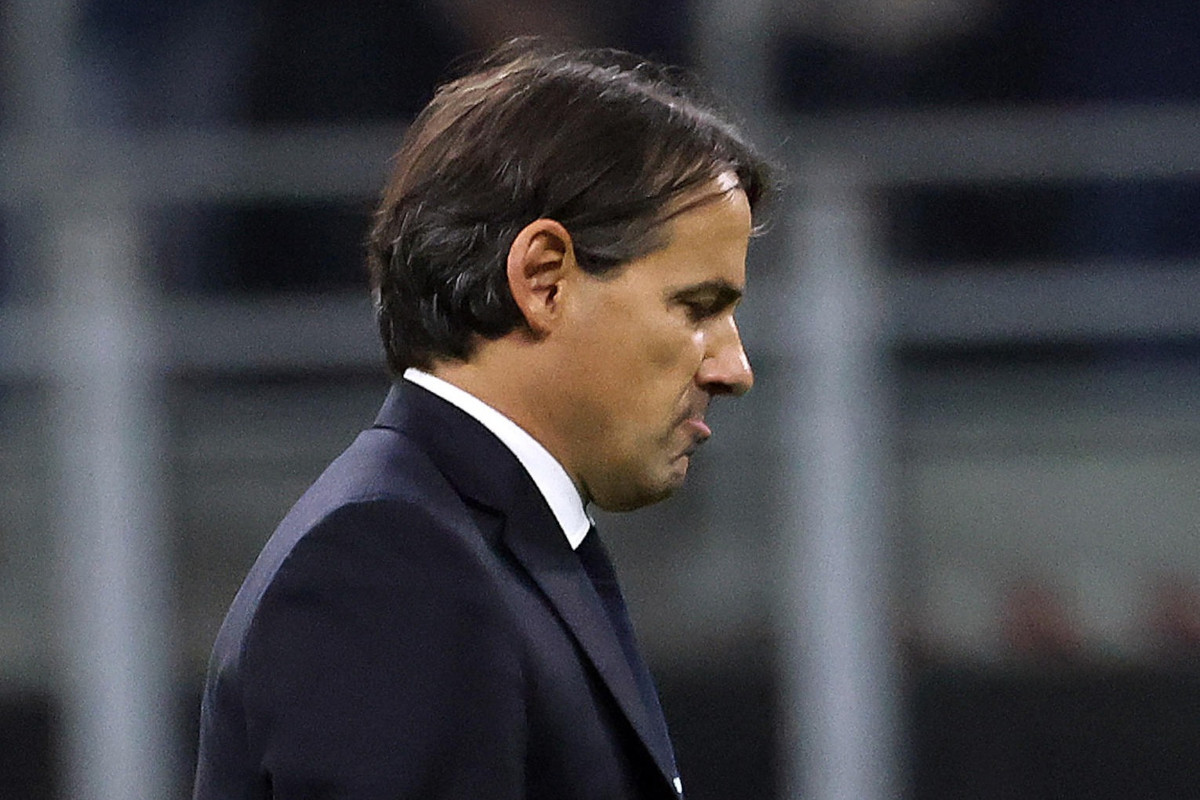Inter’s 4-4 draw against Juventus was indeed spectacular, but confirmed the Nerazzurri are way far from last season’s defensive solidity, an issue that Simone Inzaghi must fix as soon as possible, writes Richard Hall.
Kenan Yildiz wheeled away in celebration; he had just managed to secure an incredible comeback for Juventus. It was avoidable for Inter, and the body language of the ranks was poor.
When players walked back to the centre circle, most of them looked at the floor like five-year-olds told to go to bed after not listening. From 4-2 up in the Derby D’Italia, they conceded two late goals, and the Turkish attacker made sure the game ended 4-4.
The problem for Simone Inzaghi is that this is not the first time his team has switched off defensively, and it is becoming a regular occurrence rather than a rarity.
One doesn’t have to delve deep into analyzing high lines, disappearing wingbacks, and balls lost in transition. Last season, the Nerazzurri conceded 22 goals in 38 games, quite an achievement. This season, they have conceded 13 goals already. It is quite the question that needs a swift answer, and it cannot simply be that there is a hangover from last season.
The statistic, when unpacked, is more damning than you may think. The Stadio Giuseppe Meazza has been an atmospheric and intimidating home for the Nerazzurri, and it still is, and yet, this season, only Parma, Cagliari, Lecce, Genoa and Verona have conceded more goals at home.
For Inzaghi, that is frightening, especially as most of these goals have been avoidable. Perhaps the first game of the season against Genoa set the tone when, in a 2-2 draw, Yann Sommer uncharacteristically made a glaring error as he didn’t judge the flight of the ball as he saw it crash off the bar and cost them a goal.
This continued into the game against Juventus, when the wide men were allowed to drift too far in and slot balls through. Again, this has been a common factor as the full-backs have defended differently this campaign. Rather than pushing the attackers out wide like last season, they have chosen to shadow them until they are nearly in the box. Why is that?

There is something about a lack of concentration, that is for sure, especially late on in games. Of Inter’s 13 goals conceded, six have come in the first half, but more shockingly about the seven in the second is that all of them have come after 70 minutes. Why is there an inability to see out games? Tiredness? Unlikely.
Inzaghi has rotated the squad when he can, as Inter have strength in depth. Maybe this is the problem? Is the depth of the squad not good enough? Again, that is unlikely, as they proved last term. Adding to the disappointment and quandary is the fact that out of those seven goals, four of them have been scored by opposition substitutes, which indicates that opposing coaches are spotting these frailties.
Watching Inter this season hasn’t been a train wreck; even offensively, they can improve. This is perhaps what is frustrating Inzaghi so much as whilst Marcus Thuram is having an incredible season, Lautaro Martinez has not looked up to scratch and has also hit a dry spell at home.
He hasn’t scored at home in Serie A since February 28, which equates to nine games, and frankly is extremely poor by his high standards. He came back from the summer looking sluggish and not a sharp as his brilliance self but it is all not just on him. Inter could have scored more than four goals against Juventus.

Denzel Dumfries wasn’t the only one to miss a glaring opportunity, and this continues from the game against Young Boys to Genoa. Inter have played well in most of the games for long periods, but spells such as the opening half of the Derby Della Madonnina have cost them dearly.
Inzaghi said: “There is bitterness as a coach; I must analyse and talk to the players tomorrow.” Bemused by the defensive display again, he confirmed the frustration but said he must build on the positives.
There are some, that is for sure. Inter certainly fight as they did against Roma, Young Boys, and Juventus, and attitude is not the issue. Concentration? Maybe. Empoli follow on Wednesday, and this will be key to bouncing back. It perhaps comes at the perfect time for Inter, but they will want to go away not just with three points but also a clean sheet.

